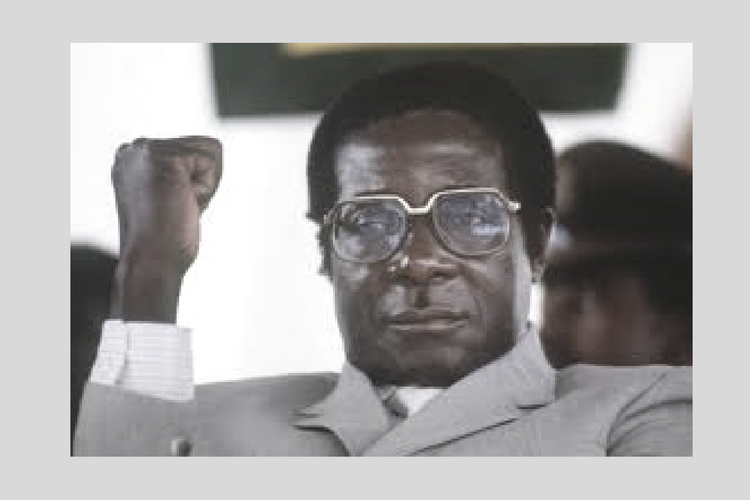After Independence, then Prime Minister, Robert Mugabe retained officials of the former Rhodesian government. They included Ken Flower, head of Central Intelligence Organization (CIO) who had previously attempted to assassinate him during the struggle for independence. The CIO were responsible for establishing and supplying RENAMO- the Mozambican National Resistance for counter Mozambique’s support for ZANU and its ZANLA forces. Mugabe also appointed Emerson Mnangagwa as Minister for State Security.
In the first opening of Parliament, Robert Mugabe and Ian Smith were able to walk in side by side. Smith was still the head of twenty Parliamentarians who were exclusively selected by white citizens. Prime Minister Mugabe also appointed former Rhodesian Minister and head of the Commercial Farmers Union, Dennis Norman as Minister of Agriculture. This put many farmers at ease, because the almost 6,000 white farmers occupied about two thirds of the most productive land for agriculture. Mugabe promised to observe the Lancaster house Agreement that guaranteed the government could not expropriate any land for ten years.
In the first two years after Independence, the Zimbabwean economy experienced 24% growth, most of which benefitted whites who not only owned the land but also controlled banking, manufacturing and most high skilled jobs. Even with Mugabe’s message of reconciliation, about 10% of the white population left for South Africa, where they could still live in white superiority. Mugabe also extended an olive branch to South Africa’s apartheid government and promised not to allow any African Nationalist Movements like the African National Congress (ANC) to set up military or training camps in Zimbabwe. Mugabe even tried to appease Britain by making it clear that his fight was never with the British people in particular.
However, to the African people, Mugabe urged caution and patience. For blacks he turned out not be the revolutionary he has promised. Beyond the symbolic gestures of name changes and removal of Rhodes statues many things remained the same. He seemed more keen to please the white community and Britain than the very people he had fought for.
The South African government became even more determined to sabotage Mugabe and Zimbabwe’s efforts. They recruited former Rhodesian military personnel and set up a network of spies within Zimbabwe. They were determined to ensure that Zimbabwe would fail and would not be in a position to threaten the apartheid government. They sponsored a series of attacks in Zimbabwe including the assassination of ANC’s representative in Zimbabwe, Joe Gqabi, they blew up Inkomo military barracks, and Renamo attacked the railway, roads and pipeline that linked Zimbabwe with the port at Beira. The most serious attack was the bombing of ZANU-PF’s headquarters in Harare. Seven people died and about 124 were injured in the bomb blast that occurred during the time Mugabe and his top leaders had been scheduled to meet.
In July 1982, the South Africans destroyed 13 aircraft at Zimbabwe’s main air force base at Thornhill in Gweru. The suspects were interrogated and tortured but ultimately acquitted by a judge. Three years after independence, about half the white population had migrated mostly to South Africa. Despite Mugabe’s anger towards the white population in Zimbabwe, he chose to massacre the Ndebele and Kalanga people in what became known as Gukurahundi.





4 responses to “Robert Mugabe’s Reconciliation Experiment (1980-1982)”
Powerful article sheds light on Mugabe in a way i had not seen. You must continue to tell the truth.
Poor Mugabe he extended olive branch to white supremacy & got bombs instead. When will blacks learn you can never appease white supremacy? It explains why Mugabe took back land from white. They bitch slapped him.
The evil white superiority can never be appeased. Mugabe learnt the hard way. NOw he is a trailblazer for his people.
The people he was trying to please didn’t even care about him. Our leaders should start caring about their own people